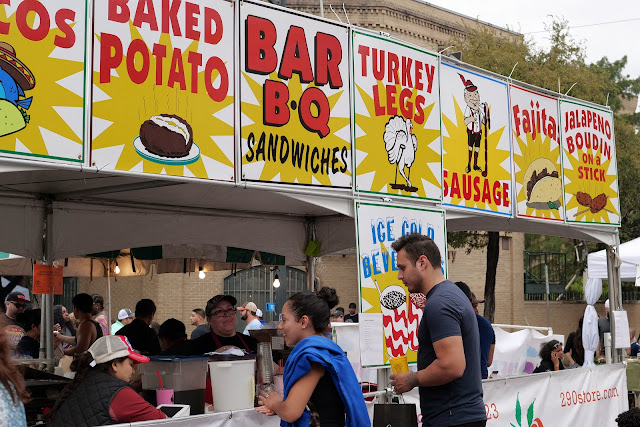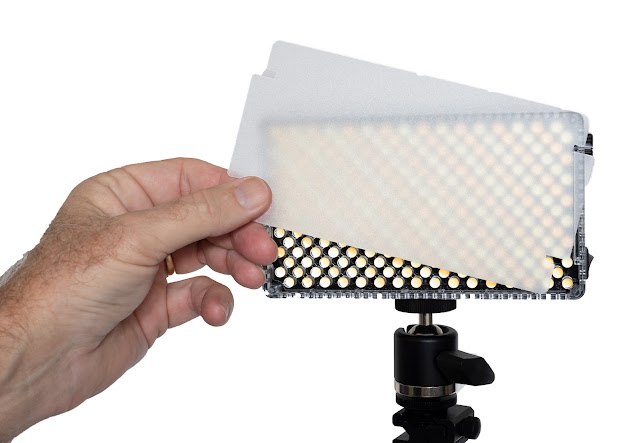This camera, with a "normal" 50mm lens and a flash weighed in at over 6 pounds...
It was once "state-of-the-art."
I remember my first cellphone. It was made by Motorola and it was one big brick. I can't even remember if it had a screen on it but I can remember that my monthly cellphone bill was breathtaking and that the phone was big and ungainly. It didn't send texts or allow me to read e-mail or ask Google how to chew gum but it was, at the time, "state-of-the-art." The "non" smart phone died quickly. Very quickly. And now --- we grapple with the slow fade into obscurity of the DSLR camera. Photokina was the death knell; a note heard around the world.
Which company introduced a new, flagship, state of the art DSLR at Photokina this year? Was it Canon? Nope. Nikon? Not this time. Oh. Maybe Pentax blew everyone's doors off with the newest super mirror cam? Naw. Not even close. The one company that showed a traditional DSLR design is the one company whose medium format camera is NOT going to fly off the shelves. The sole DSLR style camera that I could find coming out of this year's Photokina (Giant German Photo Show) was the newest Leica S3 with a new 64 megapixel sensor. Not sure the photo-rabble will line up to grab the S3 as the purchase price will rival a new car. And that's before you start adding lenses....
The overwhelming focus of this year's show is mirrorless. It includes the latest Fuji APS-C, XT3 with its 26 megapixel sensor. The Nikon twins were there as was the fat and happy bourgeois mirrorless camera from Canon. And promises for many new lenses. And many pathways for using older lenses.
But what we don't see are promises of updates to traditional mirrored models. I think it's fair to say that all the R&D emphasis for the next five years is going to be in the mirrorless space and, if you see your mirrored cameras as "investments" I'd be shorting the market right now. I don't think they've got anywhere to go but down from here.
The amusing thing will be the disconnection in time frame between what consumers expect and what manufacturers will deliver. I said above that all the R&D will fall to the mirrorless space in the next five years but I didn't mean that DSLRs would happily motor along for the next five years and then have sales fall off a cliff. No, they are falling off a cliff now and have done so since at least 2013. That's five years ago.
I think the fall of in popularity and sales will be a much brisker rate of decline as mirrorless cameras lean on technology to correct every single user objection to their current state. We've already seen EVFs get remarkably good. The frame rates in the new mirrorless cameras (using electronic shutters) have eclipsed the mechanical shutters in DSLRs by a factor of two. And it seems that more and more features will actively depend on raw processing power instead of mechanical components. We can comfort each other and tell each other that DSLRs have mystical powers but it's not true.
Photographers of a certain age will continue to have soft spots in their nostalgic constructs of photography for older technology but they'll be displaced in the blink of an eye as the main market for all cameras in the near future. In a decade the only DSLRs still in use will be the ones used as props, signifying a point in time, in movies and TV shows. That doesn't mean we need to immediately give up and toss the older cameras out in the trash but you need to be prepared for a tidal shift that will make DSLRs "legacy" products, churned out in ever smaller numbers just to service the large number of lenses already in the hands of ever aging consumers.
I wouldn't be so defiantly definite if I'd seen Nikon or Canon roll out a new full frame DSLR at the same time as their mirrorless offerings but clearly, that's not going to happen.
So, don't I feel stupid for stocking up on Nikon stuff when I could have waited and gotten a mirrorless, full frame Panasonic instead. No, not so much. I'm playing the nostalgia game with myself while hedging my bets with the GH5 series cameras and a nice selection of lenses. I use the Nikon D800s and D700s fully aware that I'm playing with what is already starting to be considered "retro" equipment. But I still know how to use them and how to make nice portraits and art projects with them. I'm not in a rush but I'm also happy I've just been flicking small change at them instead of rushing whole hog and buying the latest lenses and a couple D850 bodies ( remind me to cancel my order for the D850....).
The camera that fell directly into my sites today was the 24 megapixel mirrorless camera from Panasonic. It's called an S1. It's a full frame camera that uses the existing Leica SL mount and promises to deliver the perfect balance of features and performance, dancing around the shortcomings of cameras from the majors.
I'm sure the BSI sensor will be wonderful. But that's not a hard assumption as all the 24 megapixel full frame sensors are good and have been for at least four years. But it's the little things that will make the Panasonic S1 a camera I'll covet. It's specs call for impressive video performance that's still a step ahead of everyone else's. They've spanked Canon (hard) by having image stabilization in the body and a dual I.S. system that also leverages I.S. in lenses to make a hard-to-compete-with performance metric that other products, even those just announced, will not come close to matching. The only close competitor to overall I.S. performance will be their own m4:3 cameras and the latest cameras from Olympus. Win, win, win.
Then Panasonic turned around and just embarrassed the crap out of Nikon by delivering (or promising to deliver) two card slots. One slot uses the robust and super fast QXD cards while the other slot uses UHS2 SD cards (which include V90 cards that are already capable of 400 mbs recording IN CAMERA!!!). All the nervous Nancies can use the second slot for back ups while I use one slot for stills and one slot for video. (Finally decided on a justifiable reason for the dual card existence --- but I would have also accepted one card for Raws and one card for Jpegs).
If you are a perfectionist the agreement between Leica and Panasonic means you can spend as much money as you want seeking that perfection in the Leica lens line. If you just want to make great photographs it seems that the Panasonic lens line will be affordable (a relative measure). And then Sigma is signed on to develop for the lens mount as well which adds another high quality option for great lenses.
In my estimation, if Panasonic really does deliver on all the stuff they've introduced at Photokina then they will be a powerful contender in the new mirrorless zone. They are strutting into the coliseum with deep pockets of cash, some great technology, a sterling reputation for delivering great video performance and an equally great reputation for reliability. It's actually early times for full frame mirrorless and there's a distinct possibility that the video+still hybridism might really be the next innovative and desired camera space. If so, Panasonic and Sony have a head start and there's no reason to believe that Panasonic can't be number three in this fairly new space.
I'm holding on to the old Nikon stuff for the moment. I can't just sell it off and replace it with suggested delivery dates from Panasonic. But I don't have that much invested in the system and I'll be happy just to dig into my pocket and put some seed money into my new Panasonic FF system while keeping the GH5s around as a smaller, lighter choice.
I can't imagine we'll see much more from Nikon in the traditional full frame space; with one exception. They will deliver a full frame super sport camera (a D6) in time for the 2020 Olympics. But it be astronomically priced and will represent the final bow, bringing down the curtain on 60 years of DSLR development from them.
It will be interesting to see it all fall out. Canon will hang in at the top of the mix in the short term by sheer power of overwhelming market share; at least for a while. Right now it's Sony's game to lose. They need to up their body design game to confront more mature and more usable designs from their competitors. Panasonic may become the new workhorse brand for professionals and may even ditch most of their amateur/consumer camera products to concentrate solely on making professional tools. It could be an interesting market niche and, with a growing world market (with growing income), the potential is there for a bigger pie. I think they've got their eyes on that.
Of course, I could be totally wrong. But I've called a number of trends pretty well since my 2009 embrace of EVFs, mirrorless, and my prediction of the market decline in an article I wrote in Fall of 2013. I know this, the pros coming into the field now and next year will be shooting with decidedly different blends of cameras than we are using right now.



























































